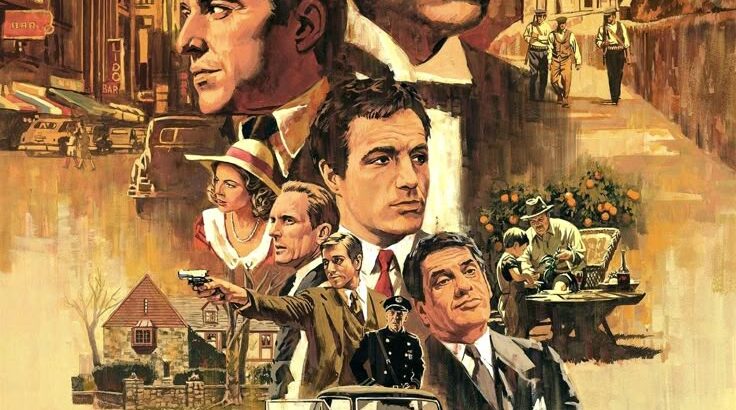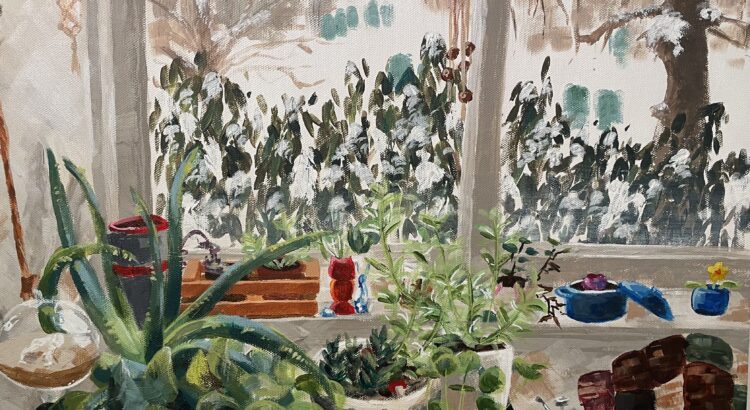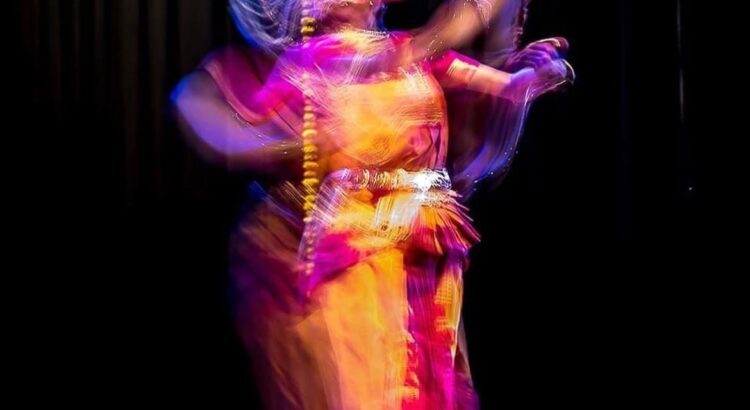I’ve lost count of how many times I’ve watched Casablanca, but seeing it on the big screen at Kochoff Hall on February 25th felt like experiencing it for the first time. There’s something about watching a film like this with an audience—hearing the collective sighs, the quiet laughter, the weight of its most powerful moments settling over the room. No matter how familiar I am with it, Casablanca always manages to reveal something new.
Set in the early years of World War II, Casablanca follows Rick Blaine (Humphrey Bogart), an American expatriate who runs a nightclub in Vichy-controlled Morocco. Rick projects an air of detached cynicism, famously claiming, “I stick my neck out for nobody.” But beneath his indifference lies a man who has been burned by love and betrayal—someone who once believed in causes greater than himself and has since chosen to look out only for number one. To me, Rick symbolizes pre-war America, reluctant to get involved in a fight that seemed distant, but ultimately unable to avoid the pull of history.
That pull arrives in the form of Ilsa Lund (Ingrid Bergman), the woman who once shattered Rick’s heart. She walks into his bar with her husband, Victor Laszlo (Paul Henreid), a leader in the anti-Nazi resistance. Ilsa and Rick’s reunion is filled with longing and regret, but it quickly becomes clear that her presence is about more than lost love. Victor needs exit visas to continue his fight against fascism, and Rick is the only one who can help.
Ilsa has always been one of the most fascinating characters to me. She’s not just torn between two men—she’s torn between her heart and her duty. With Rick, she found passion, but with Victor, she finds purpose. What’s remarkable about Victor is that he sees Rick and Ilsa’s connection and never lets jealousy cloud his mission. He knows that the fight against tyranny matters more than his personal feelings, and he trusts Ilsa to make the right choice. That kind of maturity is rare in love triangles, and it’s one of the reasons this story feels so timeless.
In the end, Casablanca isn’t just a love story—it’s about standing for something bigger than yourself. The film builds to one of the most famous scenes in cinema history: Rick, despite having every reason to hold onto Ilsa, chooses to help her and Victor escape. He understands that their fight is more important than his happiness. “The problems of three little people don’t amount to a hill of beans in this crazy world,” he tells her. It’s a heartbreaking moment, but it’s also the ultimate act of love—not just for Ilsa, but for a cause greater than either of them.
Watching Casablanca that night, I was reminded of why it remains one of the greatest films ever made. It’s not just about romance or war—it’s about resilience, sacrifice, and the choices that define us. And every time I hear “As Time Goes By,” I know I’ll keep coming back.

















